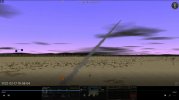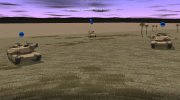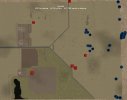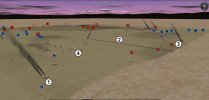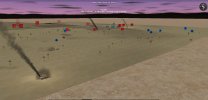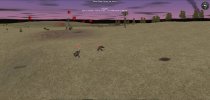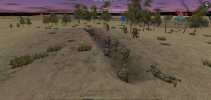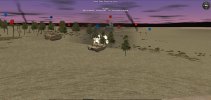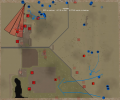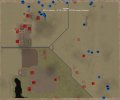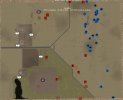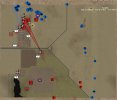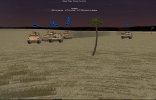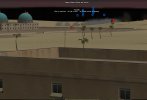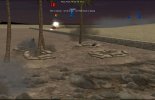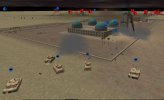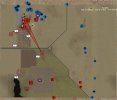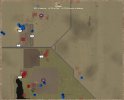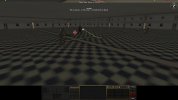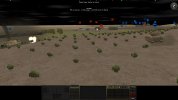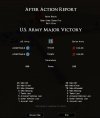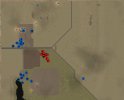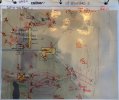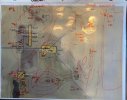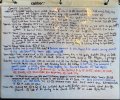Post 1
I wanted to share some insights on the first battle of a CMSF2 Tournament Battle I am participating in.
We are fighting on the Rural Stronghold map in a probing attack.
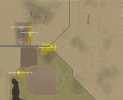
Here's our general setup conditions. Other parameters include using whole 'blue' formations and special teams, no single vehicles.
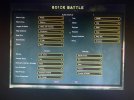
I select to play US Forces, with the limitations of ideally using mech/armor formations, stryker if would like, an no pure dismounted formations.
I am using this tournament as a means to practice my TLP (Troop Leading Procedure) process. I've emphasised focusing on mission analysis, COA (Course of Actions) development, and battle tracking all through analogue tools. This is should help creating plans in an austere environment quickly.
I began with terrain analysis. This follows the OAKOC (Obstacles, Avenues of Approach, Key Terrain, Observation & Fields of Fire, Cover & Concealment) method. Once we began the delpoyment phase and new what map we were on, I searched among the probing maps in the scenario editor IOT (in order to) find the correct map. This greatly assists in terrain analysis through better understanding elevation contour lines, objectives, deployment zones etc. By mapping the contour lines, I could more easily identify the IV (indivisibility) lines than purely just scrolling across the entire map for a while. IV lines are great to hide and move behind and find hull down positions (as we all have learned through this game intuitively). After terrain analysis I moved onto Enemy analysis.
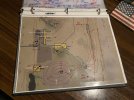
This began with begining to determine what task organization I would most likely use given the battle conditions and terrain. From their potential composition, strengths and weaknesses, I came to a determination they most likely will not bring any motorized, mechanized, or armor forces. By bringing dismounted units only, it would provide opportunties for them to conduct ambushes, reverse slope defenses, and hide among buildings to find engagements in their favor. I also determined b/c of the US lack of good ADA (Air Defense Artillery) that a most dangerous COA would be for them to bring something like 3x pairs of MI-24s. So, I imagine they'll have a composition of a dismounted Battalion, MLRS or Arty company worth of batteries, at least 1x Hind Section, an ATGM PLT, and a Recon CO.
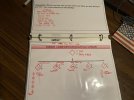
I wanted to share some insights on the first battle of a CMSF2 Tournament Battle I am participating in.
We are fighting on the Rural Stronghold map in a probing attack.

Here's our general setup conditions. Other parameters include using whole 'blue' formations and special teams, no single vehicles.

I select to play US Forces, with the limitations of ideally using mech/armor formations, stryker if would like, an no pure dismounted formations.
I am using this tournament as a means to practice my TLP (Troop Leading Procedure) process. I've emphasised focusing on mission analysis, COA (Course of Actions) development, and battle tracking all through analogue tools. This is should help creating plans in an austere environment quickly.
I began with terrain analysis. This follows the OAKOC (Obstacles, Avenues of Approach, Key Terrain, Observation & Fields of Fire, Cover & Concealment) method. Once we began the delpoyment phase and new what map we were on, I searched among the probing maps in the scenario editor IOT (in order to) find the correct map. This greatly assists in terrain analysis through better understanding elevation contour lines, objectives, deployment zones etc. By mapping the contour lines, I could more easily identify the IV (indivisibility) lines than purely just scrolling across the entire map for a while. IV lines are great to hide and move behind and find hull down positions (as we all have learned through this game intuitively). After terrain analysis I moved onto Enemy analysis.

This began with begining to determine what task organization I would most likely use given the battle conditions and terrain. From their potential composition, strengths and weaknesses, I came to a determination they most likely will not bring any motorized, mechanized, or armor forces. By bringing dismounted units only, it would provide opportunties for them to conduct ambushes, reverse slope defenses, and hide among buildings to find engagements in their favor. I also determined b/c of the US lack of good ADA (Air Defense Artillery) that a most dangerous COA would be for them to bring something like 3x pairs of MI-24s. So, I imagine they'll have a composition of a dismounted Battalion, MLRS or Arty company worth of batteries, at least 1x Hind Section, an ATGM PLT, and a Recon CO.


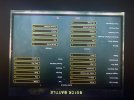
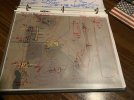


![IMG_0781[7150].jpg IMG_0781[7150].jpg](http://www.thefewgoodmen.com/thefgmforum/data/attachments/19/19370-bd6384bebf20dd49d4ab19c0e808195a.jpg)

